
Atriplex littoralis / Grassleaf Orache
Chenopodiaceae / Goosefoot Fam.

Atriplex prostrata / Spear-Leaved Orache
Chenopodiaceae / Goosefoot Fam.

Atriplex glabriuscula / Babington's Orache
Chenopodiaceae / Goosefoot Fam.
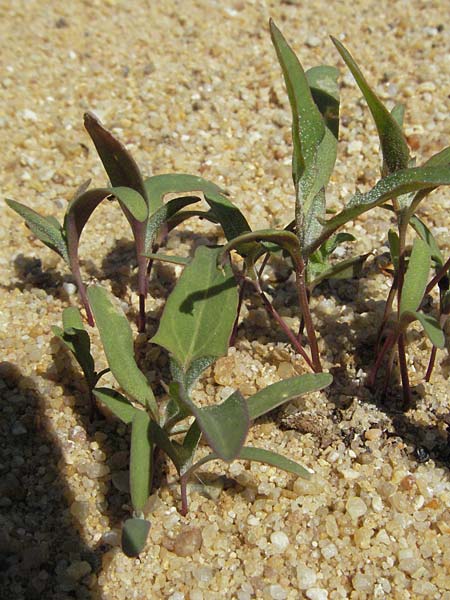
Atriplex longipes / Long-Stalked Orache
Chenopodiaceae / Goosefoot Fam.

Cakile maritima / Sea Rocket
Brassicaceae / Crucifers

Carex arenaria / Sand Sedge
Cyperaceae / Sedge Fam.

Calamagrostis arenaria / European Marram Grass, European Beach Grass
Poaceae / Grass Fam.

Leymus arenarius / Sea Lyme Grass
Poaceae / Grass Fam.

Limbarda crithmoides / Golden Samphire
Asteraceae / Composite Fam.

Polygonum maritimum / Sea Knotgrass
Polygonaceae / Knotweed Fam.

Lotus halophilus / Greater Bird's-Foot Trefoil
Fabaceae / Legumes

Apium graveolens / Celery
Apiaceae / Umbellifers

Apium graveolens / Celery
Apiaceae / Umbellifers

Apium graveolens / Celery
Apiaceae / Umbellifers



Salicornia europaea / Common Glasswort
Chenopodiaceae / Goosefoot Fam.

Tripolium pannonicum subsp. pannonicum / Sea Aster
Asteraceae / Composite Fam.

Atriplex prostrata / Spear-Leaved Orache
Chenopodiaceae / Goosefoot Fam.
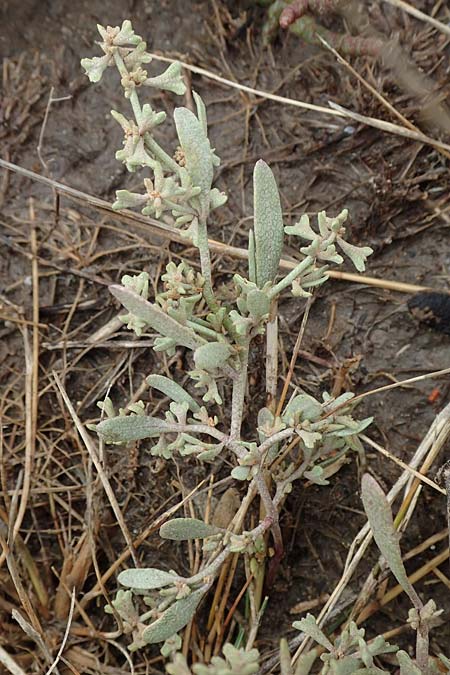
Halimione pedunculata / Pedunculate Sea Purslane
Chenopodiaceae / Goosefoot Fam.

Suaeda maritima / Annual Sea Blite
Chenopodiaceae / Goosefoot Fam.

Triglochin maritimum / Arrowgrass
Juncaginaceae / Arrowgrass Fam.




Atriplex prostrata / Spear-Leaved Orache

Hornungia procumbens / Slenderweed, Oval Purse
Brassicaceae / Crucifers
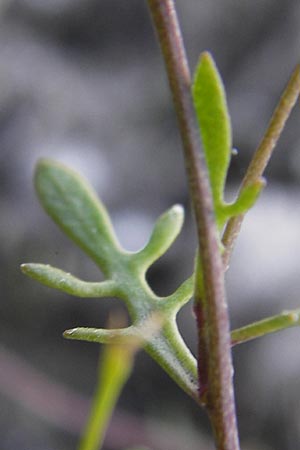
Hornungia procumbens / Slenderweed, Oval Purse
Brassicaceae / Crucifers
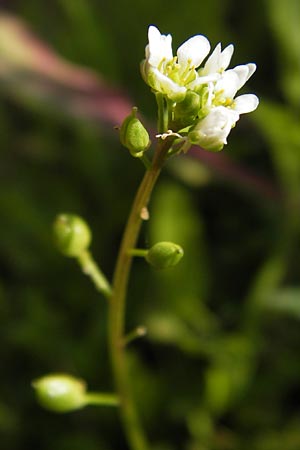
Cochlearia danica / Danish Scurvy-Grass
Brassicaceae / Crucifers

Gypsophila perfoliata / Perfoliate Gypsophila
Caryophyllaceae / Campion Fam.

Gypsophila perfoliata / Perfoliate Gypsophila
Caryophyllaceae / Campion Fam.

Gypsophila scorzonerifolia / Garden Baby's Breath
Caryophyllaceae / Campion Fam.

Spergularia media / Greater Sea Spurrey
Caryophyllaceae / Campion Fam.

Spergularia marina / Lesser Sea Spurrey
Caryophyllaceae / Campion Fam.

Tripolium pannonicum subsp. pannonicum / Sea Aster
Asteraceae / Composite Fam.

Atriplex prostrata / Spear-Leaved Orache
Chenopodiaceae / Goosefoot Fam.

Suaeda maritima / Annual Sea Blite
Chenopodiaceae / Goosefoot Fam.
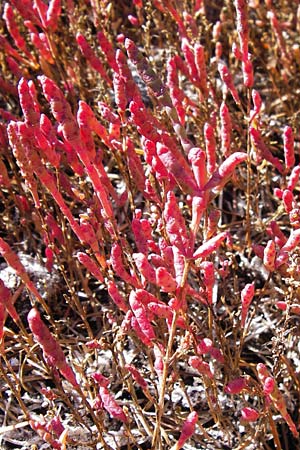
Salicornia europaea / Common Glasswort
Chenopodiaceae / Goosefoot Fam.

Chenopodium rubrum / Red Goosefoot
Chenopodiaceae / Goosefoot Fam.
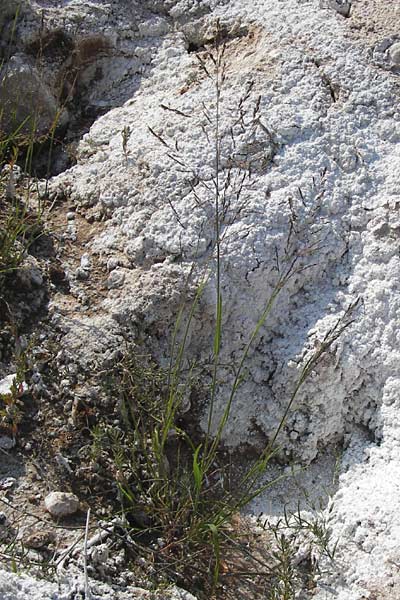
Puccinellia distans / Reflexed Saltmarsh Grass
Poaceae / Grass Fam.
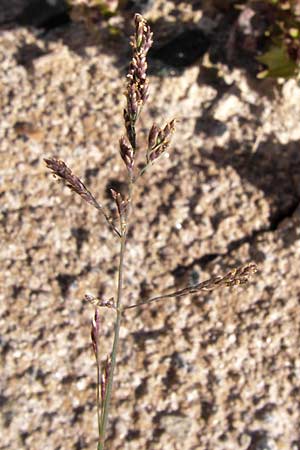
Puccinellia distans / Reflexed Saltmarsh Grass
Poaceae / Grass Fam.

Daucus carota subsp. carota / Wild Carrot, Queen Anne's Lace
Apiaceae / Umbellifers
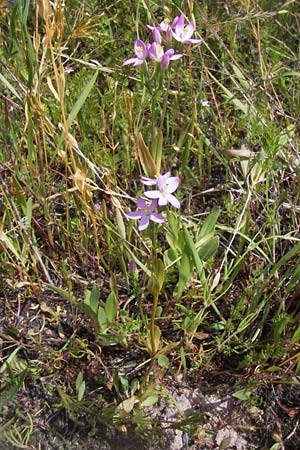
Centaurium erythraea / Common Centaury
Gentianaceae / Gentian Fam.
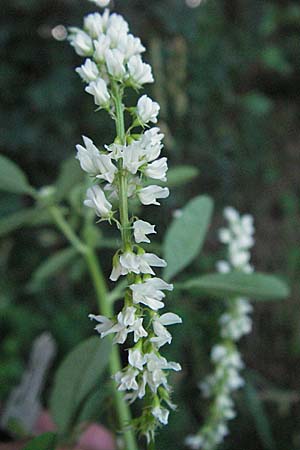
Melilotus albus / White Melilot
Fabaceae / Legumes
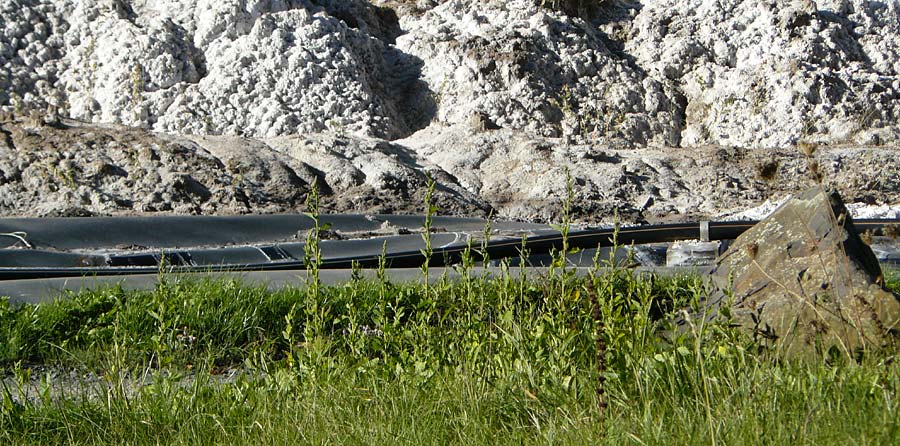

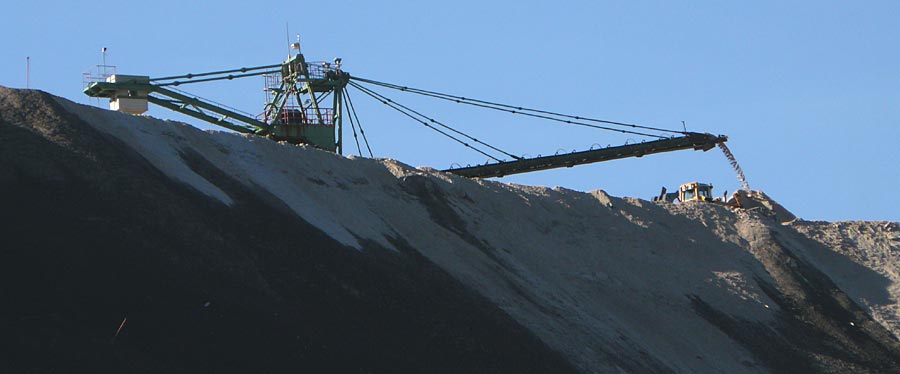
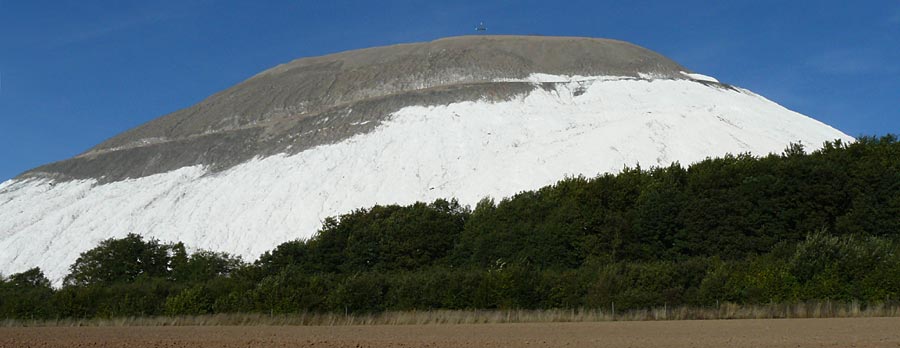
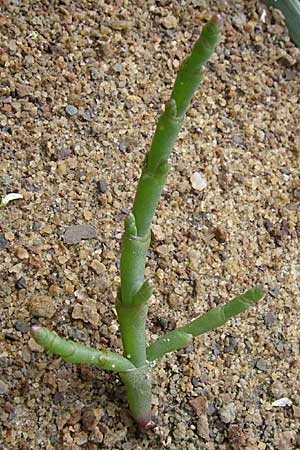
Salicornia europaea / Common Glasswort
Chenopodiaceae / Goosefoot Fam.
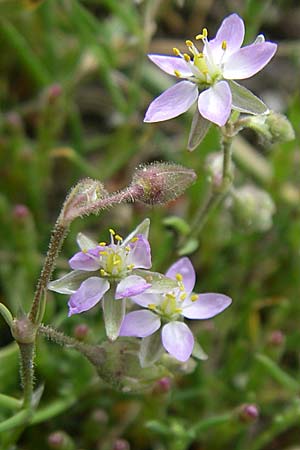
Spergularia media / Greater Sea Spurrey
Caryophyllaceae / Campion Fam.
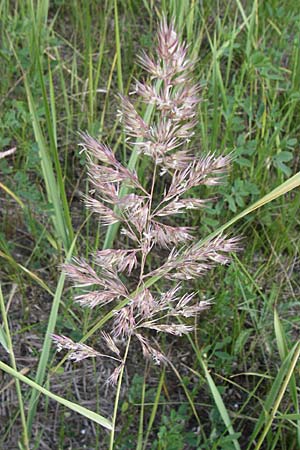
Calamagrostis epigejos / Wood Small Reed
Poaceae / Grass Fam.

Atriplex prostrata / Spear-Leaved Orache
Chenopodiaceae / Goosefoot Fam.

Atriplex prostrata / Spear-Leaved Orache
Chenopodiaceae / Goosefoot Fam.

Plantago maritima / Sea Plantain
Plantaginaceae / Plantain Fam.

Spergularia marina / Lesser Sea Spurrey
Caryophyllaceae / Campion Fam.

Spergularia marina / Lesser Sea Spurrey
Caryophyllaceae / Campion Fam.
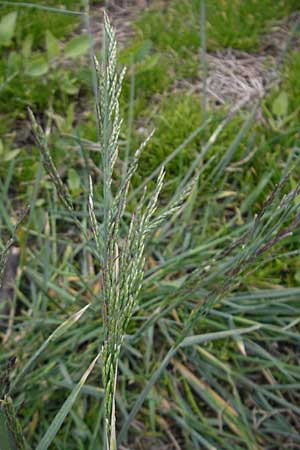
Puccinellia distans / Reflexed Saltmarsh Grass
Poaceae / Grass Fam.

Cochlearia danica / Danish Scurvy-Grass
Brassicaceae / Crucifers
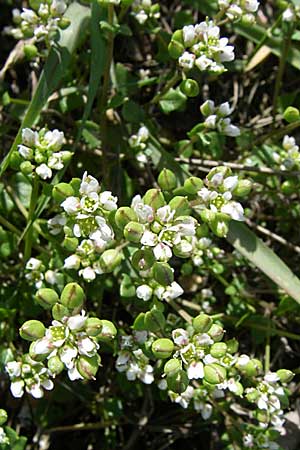
Cochlearia danica / Danish Scurvy-Grass
Brassicaceae / Crucifers

Cochlearia danica / Danish Scurvy-Grass
Brassicaceae / Crucifers